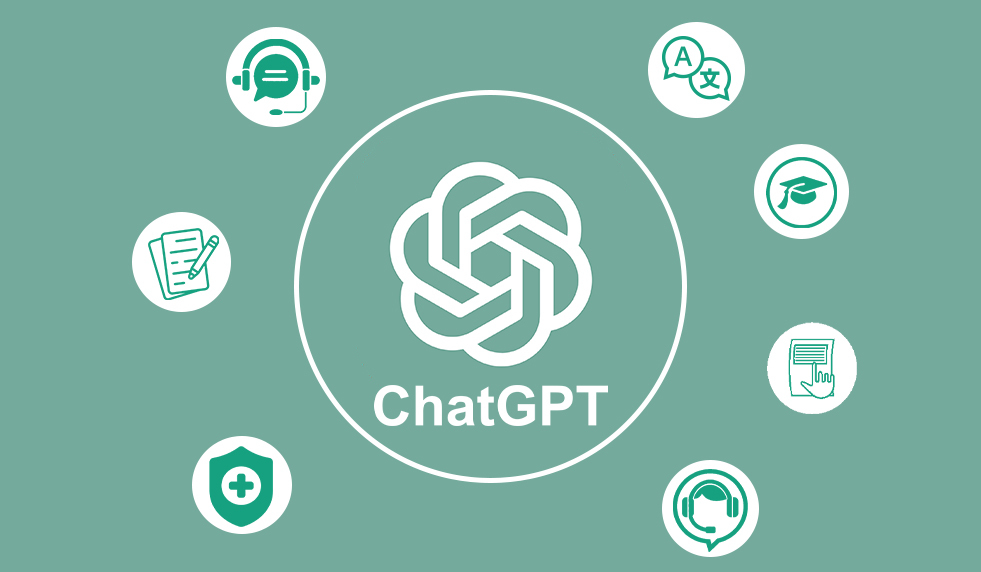Introduction to Custom GPT Models on Azure OpenAI
Azure OpenAI Service allows businesses to fine-tune GPT models with proprietary datasets, enabling personalized outputs and enhanced performance for domain-specific tasks. By leveraging Azure’s scalable infrastructure, developers can easily integrate these models into applications while ensuring security and compliance.
Key Benefits of Deploying Custom GPT Models
- Enhanced Accuracy: Models tailored to specific industries and use cases.
- Improved Contextual Responses: Better performance on domain-specific queries.
- Scalable Infrastructure: Seamless handling of large-scale deployments.
- Secure Environment: Data privacy with enterprise-grade Azure security protocols.
Step 1: Preparing Your Data
Start by collecting and cleaning your dataset. Store the data in Azure Blob Storage for easy integration. Ensure data quality by removing duplicates and normalizing text formats. Use tools such as Azure Data Factory for automated preprocessing workflows.
Step 2: Fine-Tuning the GPT Model
Utilize the Azure OpenAI API to fine-tune the GPT model with your dataset. Set hyperparameters such as batch size and learning rate for optimal performance. Use Azure Machine Learning Studio to monitor training metrics and evaluate model accuracy.
Step 3: Deploying the Custom GPT Model
Deploy your model using Azure Kubernetes Service (AKS) for scalability and load balancing. Configure Azure Front Door for secure, global access. Implement version control with Azure Container Registry for managing model updates.
Step 4: Integrating with Applications
Connect your deployed model with business applications using Azure API Management. Use Power Platform for low-code integration into customer service chatbots, content creation tools, and internal knowledge bases.
Step 5: Monitoring and Optimizing Model Performance
Use Azure Monitor and Application Insights to track model performance. Implement feedback loops with Azure Cognitive Services to continuously retrain and improve the model based on real-world interactions.
Case Study: Custom GPT for Financial Services
A global financial firm used Azure OpenAI to develop a custom GPT model for automated client reporting. The model, trained with proprietary financial data, generated personalized reports, reducing report creation time by 70% and increasing client satisfaction by 40%.
Best Practices for Deploying Custom GPT Models
-Ensure Data Security: Encrypt data using Azure Key Vault.
-Implement Rate Limiting: Prevent abuse with API throttling mechanisms.
-Use Version Control: Track model iterations with Azure Container Registry.
-Optimize Costs: Use auto-scaling with Azure Kubernetes Service.
Challenges and Solutions
- Data Bias: Mitigate bias with diverse and well-curated datasets.
- Model Drift: Implement regular retraining cycles.
- Latency Issues: Use edge deployments with Azure IoT for real-time processing.
- Compliance: Ensure alignment with industry regulations using Azure Policy.
Conclusion
Deploying custom GPT models on Azure OpenAI unlocks powerful opportunities for business innovation. With scalable infrastructure, security, and integration tools from Azure, businesses can develop AI solutions tailored to their unique needs. By following best practices and continuously optimizing models, organizations can drive meaningful outcomes and stay ahead in the AI-driven landscape.

